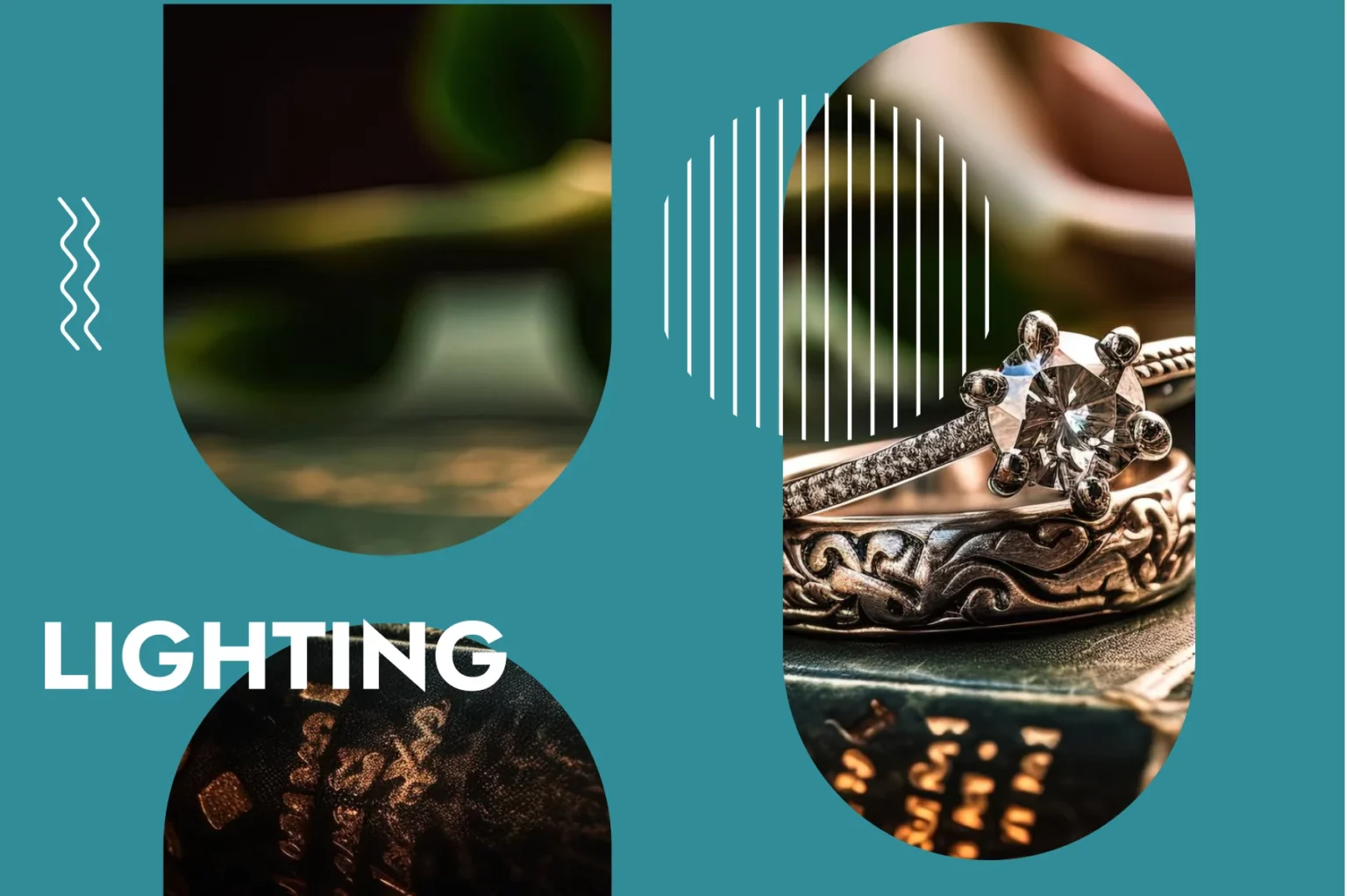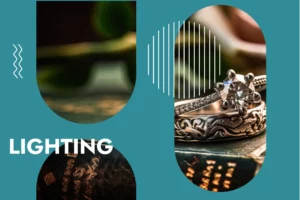Antique and vintage jewelry possess a unique allure, encapsulating the artistry and craftsmanship of bygone eras. Each piece tells a story that evokes nostalgia and fascination. Capturing the essence and intricacies of these treasures photographically, however, can be an arduous task. Photographing antique jewelry, from intricate details to complicated designs, requires precision, patience, and technical know-how.
In the world of antique and vintage jewelry, you can explore techniques that highlight the exquisite beauty of these timeless pieces while preserving their historical significance. Whether you’re an experienced photographer or an avid collector looking to showcase your jewelry online, this guide will give you valuable tips for creating stunning images that do justice to the splendor of antique jewelry.
Does photographing antique jewelry in a vintage way attract more customers?
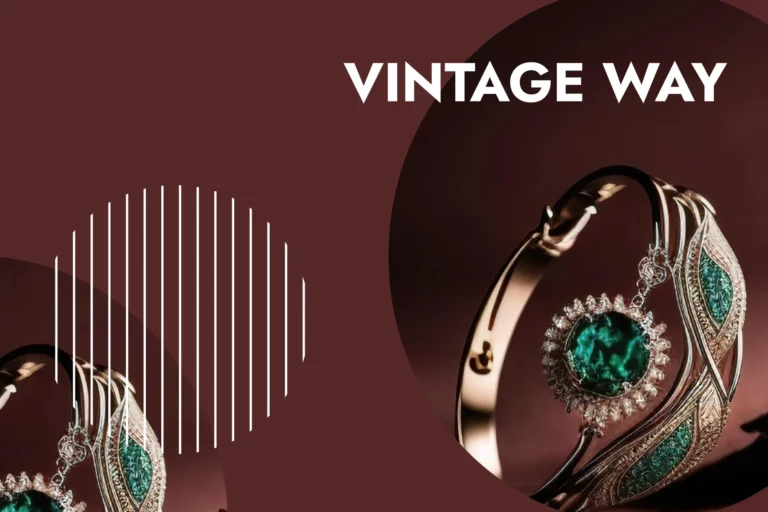
Photographing antique jewelry with a vintage look can actually attract more customers to jewelry stores. With a vintage look, you can use the appeal of nostalgia to evoke emotions that will resonate with potential buyers. Vintage photo techniques, such as using sepia tones or incorporating grainy textures, create a sense of timelessness that connects customers to the rich history and craftsmanship behind antique pieces.
In addition, shooting antique jewelry in vintage style adds an element of authenticity to the imagery that makes it more compelling and believable to potential buyers. This invites people who appreciate traditional aesthetics or have a penchant for heirlooms to explore further. This approach not only enhances the overall branding, but also appeals to collectors and people looking for unique jewelry that tells a story.
Opting for the vintage look when photographing antique jewelry has practical benefits as well as esthetic appeal. The nostalgic appeal can create personal connections with potential buyers, reminding them of cherished memories from their past or stories of relatives they hold dear. In an age dominated by digital optimization and retouching techniques, choosing a vintage approach sets your business apart from others dedicated to preserving beauty and history.
How can you use the rising interest in vintage jewelry to your advantage?
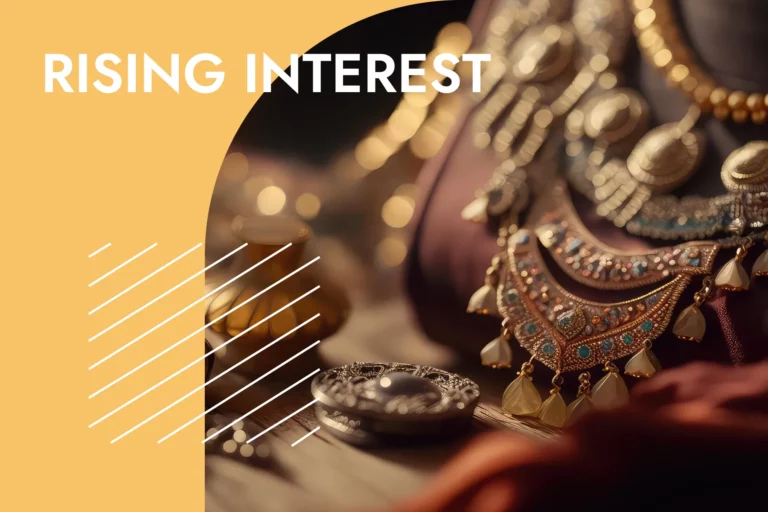
In today’s fast-paced world, where trends come and go with lightning speed, there is a growing fascination with all things vintage. An area that has seen a surge in popularity is antique jewelry, as enthusiasts realize the timeless beauty and craftsmanship these pieces possess. But how can you take advantage of this rising interest in vintage jewelry? – Let’s learn together!
Props: Giving your viewers the full antique visual experience

If you are trying to capture the full antique visual experience, incorporating vintage props can have a powerful impact on your photos. Not only do these objects add an authentic feel to the image, but they also create a connection between the viewer and the past. By carefully selecting relevant vintage props that complement your theme, you can transport your audience back in time and immerse them in another era.
An effective way to give your audience this antique visual experience is to choose props that reflect the time period you want to convey. For example, if you are photographing an old teacup, why not pair it with an old lace doily or an antique silver spoon? This combination instantly transports the viewer back to a bygone era of tea parties and elegant dinners. By combining these props wisely, you can use their ability to evoke nostalgia and create images that will leave a deep impression on your viewers.
Lighting: Your vintage shot is only as good as your light
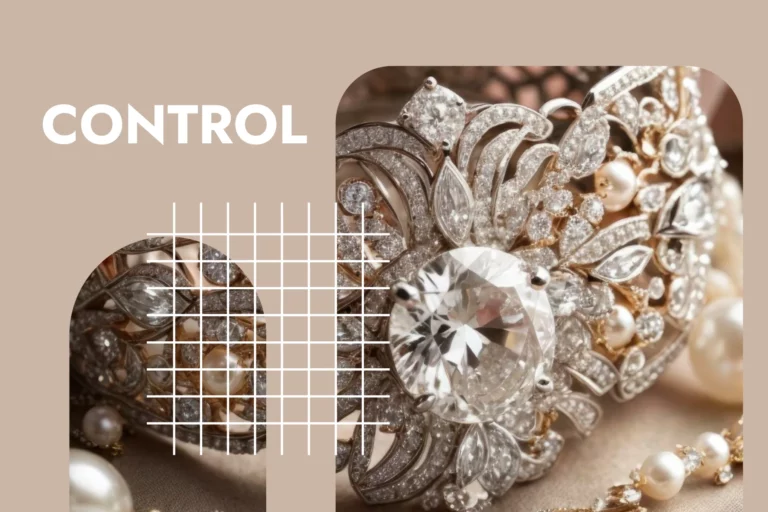
Vintage lighting not only enhances the beauty of your antiques but also helps create a nostalgic ambiance that transports viewers back in time. One way to achieve this aesthetic is to use antique lamps and chandeliers as props for your photos. The warm, soft glow of these old light sources will add timeless charm to your images and highlight the intricate details and craftsmanship of your antiques.
In addition, experimenting with different lighting techniques can bring out unique aspects of your vintage pieces. For example, you can use backlighting to create a halo effect around an object or illuminate its silhouette against a dark background. This technique can draw attention to special features, such as carvings or patterns, that might have gone unnoticed under normal lighting conditions. Similarly, the selective use of shadows can add depth and dimensionality to your photos, highlighting textures and creating an alluring interplay between light and dark.
Remember, antique photography is more than just capturing objects; it’s about telling stories with images. By adding vintage lighting to your photos, you not only bring out the beauty of each piece but also transport the viewer to another time where they can imagine how these treasures were once used and appreciated. So try out different ways to use vintage lighting when photographing antiques —you’ll be amazed at how much it enhances the overall visual experience for both you, the photographer, and the viewers of the finished images.
Post-processing: Modern tools for vintage looks
Capturing old scenes and objects through the lens of a modern camera is the first step, but careful and artful editing of these images can really bring out their timeless appeal. To achieve authentic-looking results, it’s important to follow certain best practices when editing vintage photos.
One essential aspect is mimicking the characteristics of film photography. This includes editing the color palette, contrast, and graininess of the image. By making subtle adjustments to these elements, you can recreate the distinctive look and feel of old photographs. In addition, experimenting with different fading techniques can help create an aged look by simulating natural wear and tear.
In addition to focusing on colors and textures, maintaining sharpness is another significant factor in enhancing vintage images. While some post-processing effects can intentionally create blur for creative purposes, it’s indispensable to ensure that details are well-preserved without detracting from the overall aesthetic of an older photo. Balancing sharpness and authenticity will greatly enhance the viewer’s experience.
Wrapping up
Photographing antique and vintage jewelry requires skill, patience, and attention to detail. By following the tips and techniques described in this article, you can capture the beauty and complexity of these unique pieces. However, for companies that want to achieve precision at the lowest cost and in the shortest amount of time, CGI (Computer Generated Imagery) is a better choice.
With CGI, jewelry can be digitally created with extreme precision and presented in any environment and lighting conditions desired. In addition, CGI makes it easy to make changes and adjustments without the need for reshoots or expensive equipment. Learn why CGI is a valuable tool for showcasing antique and vintage jewelry in a cost-effective and efficient manner, and get started now!
FAQ
Why is photographing antique and vintage jewelry different from modern jewelry?
Photographing antique and vintage jewelry is particularly challenging due to the intricate designs, varying materials, and possible signs of use. Special techniques are required to capture their historical essence while showing off their details.
Should I use natural light or artificial light?
Both natural and artificial light can be effective, but they should be diffused to avoid harsh contrasts. Natural light has a softer effect, while artificial light gives better control over the decor.
Is post-processing necessary for jewelry photography?
Post-processing can improve the final image. Use software such as Adobe Photoshop or Lightroom to adjust exposure, contrast, and color balance, and retouch any imperfections.
